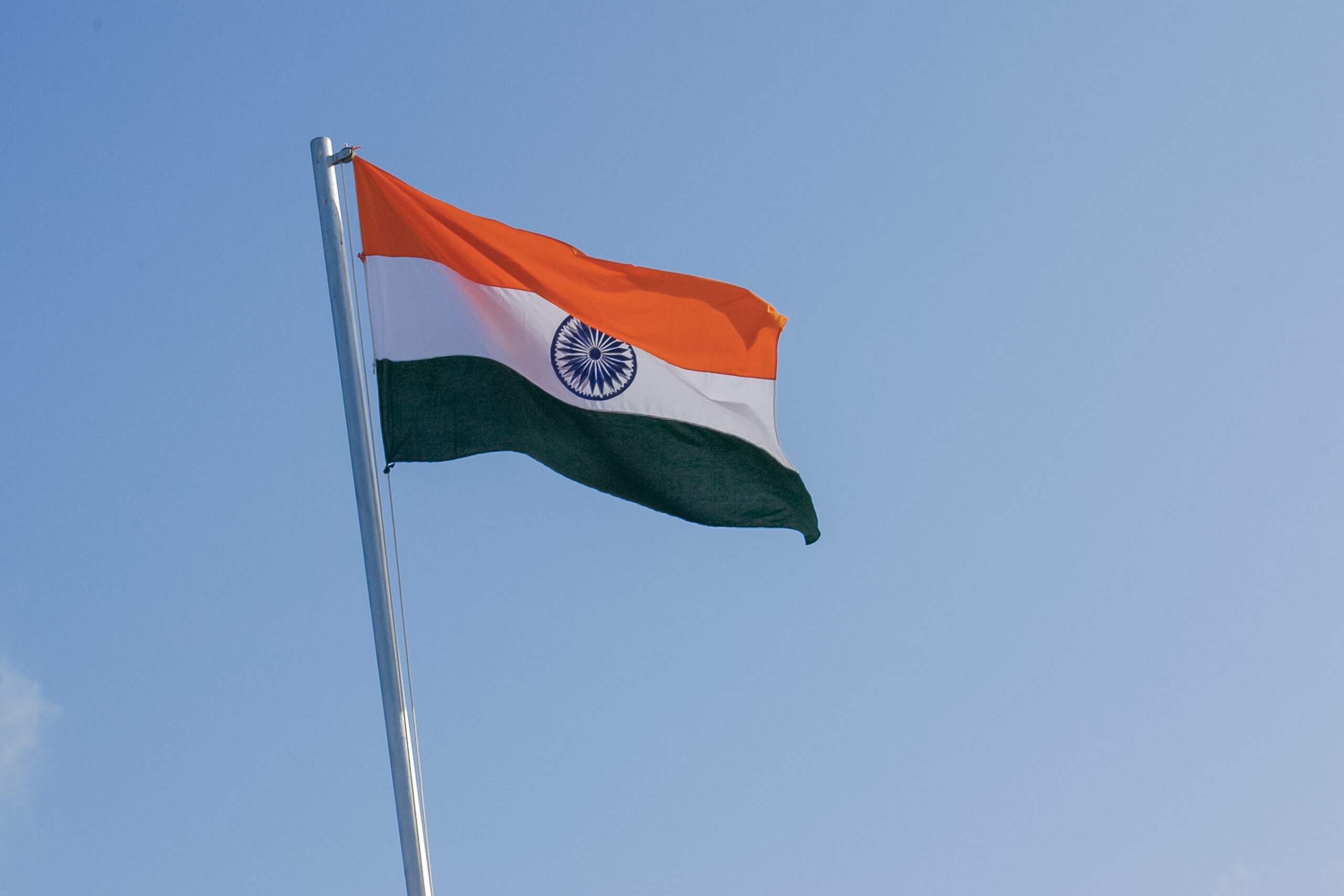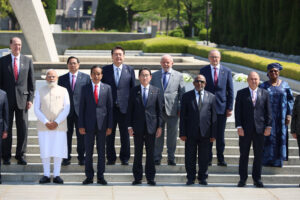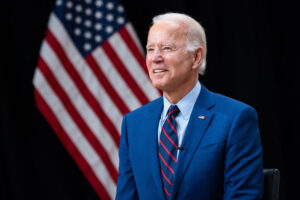History of Republic Day in India – India celebrates its Republic Day on January 26 each year, which is a national holiday. The Indian Constitution went into effect on this day, and India officially became a republic. On January 26, 1950, the Government of India Act 1935 was revoked, and the Constitution of India became the law of the land. As a symbol of national pride and unification, large parades and celebrations are held all across the country to mark this day.
History of Republic Day in India
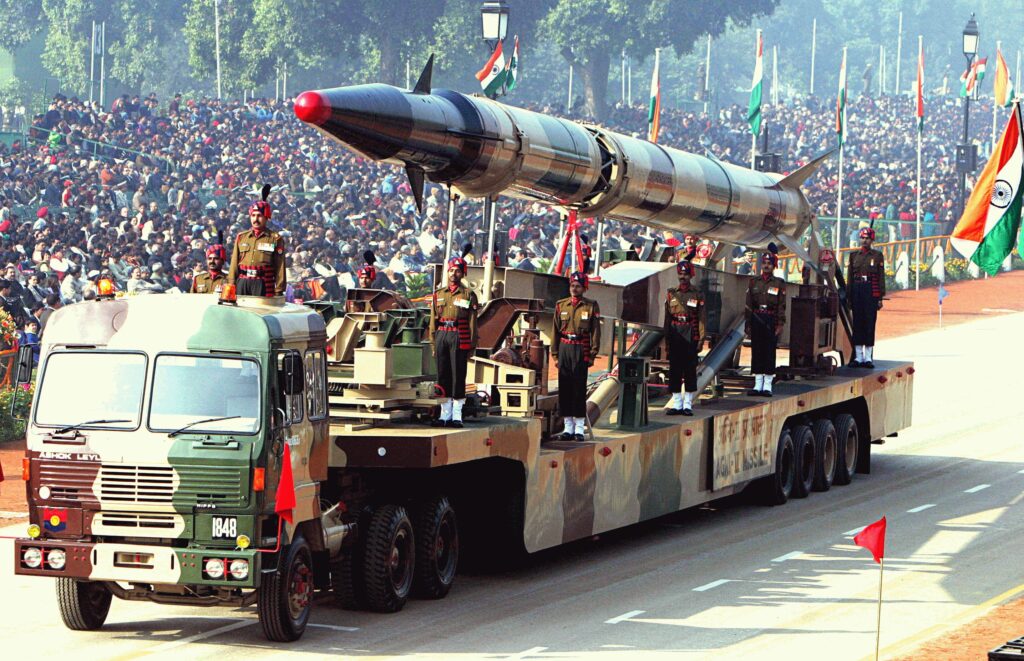
- a succinct explanation of Republic Day’s importance in India
- mentioning notable figures and leaders in the Indian independence movement
The protracted and exhausting Indian independence campaign, which ultimately led to the establishment of the Indian Republic, was led by a number of notable figures and leaders. Among these leaders, B. R. Ambedkar, Sardar Patel, Jawaharlal Nehru, Mahatma Gandhi, and many others are the most well-known. Because of their steadfast agitation and efforts, these leaders were able to mobilize the Indian people and end British colonial rule in India. Generations of Indians have been motivated by their legacy because they significantly influenced the political and social climate of the nation.
Republic Day in India: Historical Background
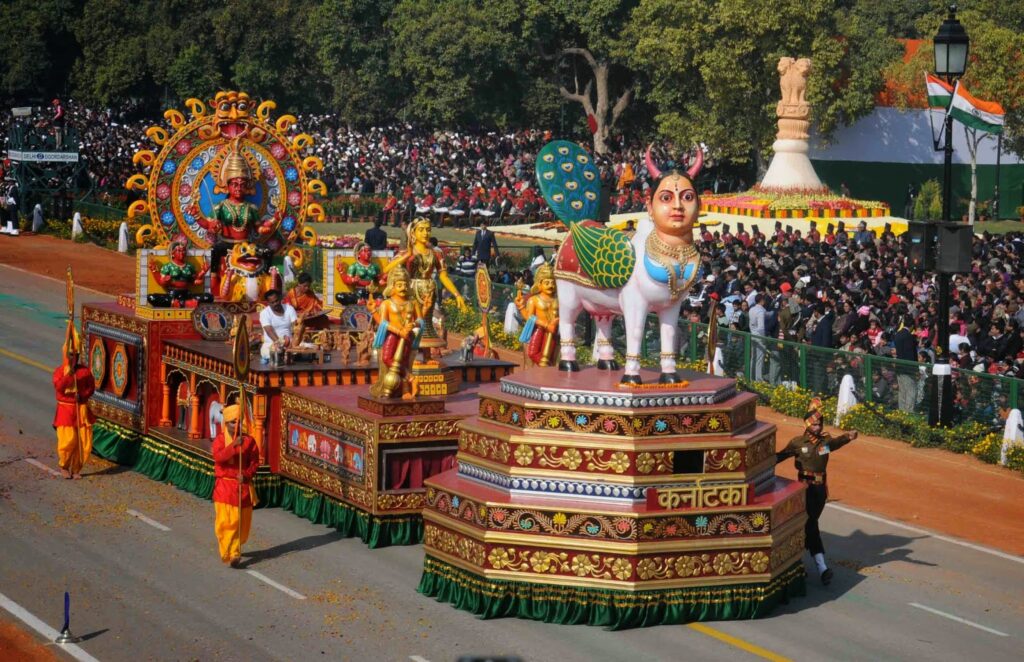
- a summary of the occasions leading up to the founding of the Indian Republic
- important figures in the Indian independence movement, including Mahatma Gandhi, Jawaharlal Nehru, Sardar Patel, B. R. Ambedkar, and others
India’s struggle for independence from British colonial rule has had a big impact on republic day’s history there. An array of political and social initiatives were part of the early 20th-century Indian independence movement, which sought to oust the British from power in India.
Mahatma Gandhi, the nation’s “father,” contributed significantly to the struggle for independence. In order to unite the Indian people and advance the cause of Indian liberation on a global scale, he employed nonviolent civil disobedience strategies, such as the well-known Salt March.
The writing committee for the Indian Constitution was led by Dr. B. R. Ambedkar. He was a Dalit leader who worked to improve the lives of people who were social outcasts and fought for the rights of lower castes.
These individuals worked hard to unite the Indian people and end British colonial rule in India, along with a number of others. On January 26, 1950, the Government of India Act 1935 was officially repealed and replaced by the Constitution of India, officially establishing India as a republic. Today, India celebrates this day as Republic Day in remembrance of the founding of the Indian Republic and the sacrifices made by these leaders and freedom fighters.
The Indian Constitution
- An explanation of the Indian Constitution’s creation and adoption
- The Constitution’s significance in determining India’s political and legal system
In the years following India’s 1947 declaration of independence from British colonial rule, the Indian Constitution was created and adopted. Dr. B. R. Ambedkar, who is regarded as the father of the Indian Constitution, oversaw the drafting process. The Constituent Assembly adopted the Constitution on November 26, 1949, and it went into effect on January 26, 1950. The Constitution of India is the supreme law of India and lays out the framework for the country’s political and legal system. It lays down the fundamental principles of governance, such as the rights and duties of citizens, the powers and functions of the government, and the relationship between the different branches of government. The Constitution also establishes the fundamental rights of Indian citizens, including freedom of speech and religion, equality before the law, and the right to property. It plays a vital role in shaping the political and legal system of India and has been amended several times to adapt to the changing needs of the country. It is considered as one of the most comprehensive and lengthiest Constitution in the world.
Significance of Republic Day celebrations
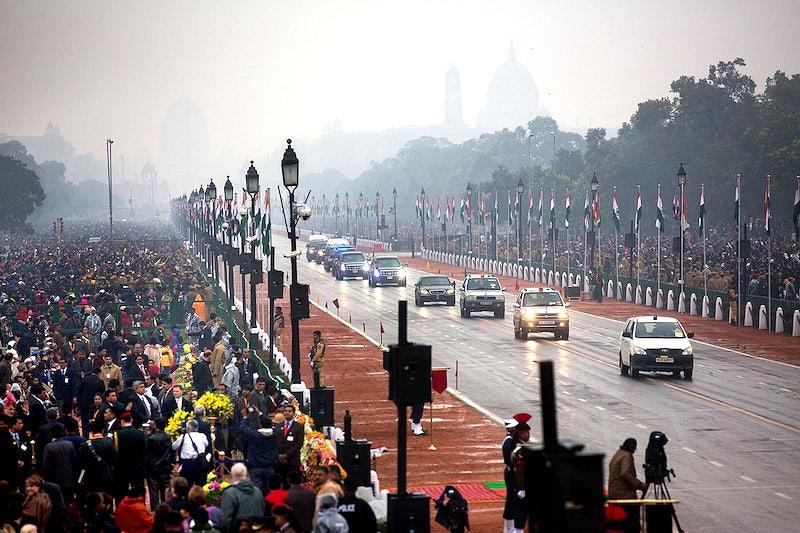
- Description of the grand parade and other celebrations that take place on Republic Day
- Explanation of how the celebrations serve as a symbol of national unity and pride
The Indian independence movement was a mass-based movement that sought to end British colonial rule in India. Many leaders and activists from various backgrounds and ideologies contributed to this movement. Some of the most prominent leaders include Mahatma Gandhi, Jawaharlal Nehru, Sardar Patel, B. R. Ambedkar, and Subhash Chandra Bose.
Mahatma Gandhi is considered the father of the nation, who led the non-violent resistance movement and his ideologies of non-violence and civil disobedience played a crucial role in India’s independence. Jawaharlal Nehru, the first Prime Minister of India, played a key role in shaping the country’s foreign policy and was a strong advocate of secularism and democracy. Sardar Patel, known as the “Iron Man of India”, played a key role in the integration of the princely states into the Indian Union after independence. B. R. Ambedkar, the chief architect of the Indian Constitution, worked tirelessly to ensure the rights and equality of marginalized communities, particularly the Dalits. Subhash Chandra Bose, known as “Netaji”, led the Indian National Army in the fight for independence.
All these leaders and many others worked towards the common goal of Indian independence and their contributions align with the values and principles of the Indian Republic. They fought for freedom, democracy, secularism, and the rights and equality of all citizens. Their work and legacy continue to inspire and guide India’s political and social development to this day. The Independence Day and Republic day are the two national holidays which is celebrated in India to commemorate the sacrifices of these leaders and the country’s journey towards freedom and self-rule.
Leaders of the Independence and Republic Day
- Overview of the roles and contributions made by different leaders in the movement for Indian independence
- a justification of how their efforts adhere to the ideals and standards of the Indian Republic
The Indian independence movement, which ended British colonial rule, was a pivotal moment in the history of the nation. The activism and leadership of a wide range of people with various ideologies and backgrounds helped the movement. They used a variety of tactics and viewpoints to realize their shared goal of freeing India. For instance, Mahatma Gandhi led the movement and promoted nonviolent protest; his views on civil disobedience and nonviolence were crucial to India’s independence. On the other hand, Jawaharlal Nehru was a steadfast supporter of democracy and secularism and was instrumental in forming the nation’s foreign policy. Following independence, Sardar Patel was crucial in bringing the princely states into the Indian Union. The Dalits in particular, B. R. Ambedkar worked tirelessly to uphold the rights and equality of marginalized groups. The Indian National Army was commanded by Subhash Chandra Bose during the war for independence.
These leaders made contributions to the cause of Indian independence that were consistent with the ideals and tenets of the Indian Republic, along with a great number of others. They fought for secularism, democratic ideals, and the dignity and rights of every person. Even now, India’s political and social development is guided by their achievements and legacy, serving as both an inspiration and a road map. Independence Day and Republic Day are the two national holidays that India celebrates to commemorate the sacrifices made by these leaders and the country’s advancement toward freedom and self-rule.
Concluding
- An overview of the significance of Republic Day in India and the contribution of the movement’s founders to the formation of the country’s political system.
- Inspire readers to consider the significance of the occasion and the ongoing work being done to protect and strengthen the Indian Republic.
In addition, Republic Day, a significant national holiday in India, commemorates the adoption of the Constitution of India in 1950. The Constitution, which is the supreme law of the land, establishes the foundation for the nation’s political and legal structure and assures citizens of India of their fundamental rights. The political landscape of the country was significantly shaped by the leaders of the Indian independence movement, and their contributions are consistent with the ideals and tenets of the Indian Republic. They fought for liberty, democracy, secularism, as well as the equality and rights of all people.
It is crucial to pause and consider the significance of both this day and the ongoing initiatives to uphold and support the Indian Republic. The Constitution is a living document that has undergone numerous amendments to meet the nation’s shifting needs. But the nation’s current problems—such as poverty, inequality, corruption, and communalism—remain a problem. To ensure the preservation and strengthening of the Indian Republic, it is crucial that the populace is aware of their rights and obligations and actively engages in the democratic process. The leaders of the Indian independence movement, who fought tirelessly for the freedom and self-rule of the nation, deserve to be remembered and honored for the sacrifices they made.

